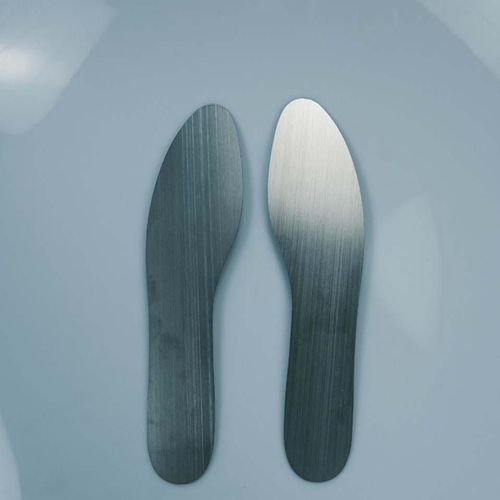- Phone:+86-17331948172 +86-0319-8862898
- E-mail: inquiry@puxingclamp.com
আগস্ট . 07, 2024 21:45 Back to list
Essential Guide to Choosing the Right Discharge Hose Clamp for Optimal Performance
Understanding Discharge Hose Clamps An Essential Component in Fluid Management
In industries that rely on fluid transportation, such as agriculture, construction, and manufacturing, maintaining the integrity of fluid systems is critical. One of the most crucial components of these systems is the discharge hose clamp. This article explores the significance of discharge hose clamps, their types, installation, and maintenance practices to ensure optimal performance in fluid management applications.
What is a Discharge Hose Clamp?
A discharge hose clamp is a fastening device used to secure hoses and prevent leaks during the transfer of liquids. These clamps ensure that hoses remain tightly connected to fittings and connectors, thereby minimizing the risk of fluid spillage. In many applications, even a small leak can lead to significant losses, which is why selecting the right hose clamp is essential.
Types of Discharge Hose Clamps
There are various types of hose clamps available, each designed for specific applications and conditions
1. Screw Clamps These are the most commonly used clamps and operate through a screw mechanism that tightens the clamp around the hose. They offer a high level of adjustability, making them suitable for various hose sizes.
2. Wire Clamps Made from a single piece of metal, wire clamps provide a simple yet effective way to secure hoses. They are typically used in low-pressure applications but can be inadequate for high-pressure situations.
3. Band Clamps These comprise a metal band that wraps around the hose and is tightened using a screw. Band clamps are particularly effective for larger hoses and in applications where a secure grip is essential.
discharge hose clamp

4. Spring Clamps These clamps use a spring mechanism to apply constant pressure, ensuring a tight fit over time. They are commonly used in situations where hoses may expand and contract due to temperature changes.
5. T-bolt Clamps Ideal for high-pressure applications, T-bolt clamps provide a secure and even distribution of pressure around the hose. Their design helps to prevent any deformation of the hose, which is crucial in maintaining flow efficiency.
Installation and Maintenance
Proper installation and maintenance of discharge hose clamps are critical to ensure longevity and reliability
- Installation When installing a hose clamp, it is important to select the appropriate type based on the application requirements. Before tightening the clamp, ensure that the hose is properly positioned on the fitting to avoid any misalignment. Use the appropriate tools to tighten the clamp, ensuring it is snug but not overly tight, as this could damage the hose.
- Maintenance Regular inspections of hose clamps are vital to maintaining a robust fluid management system. Look for signs of wear, corrosion, or loosening. If a clamp shows any signs of deterioration, it should be replaced immediately to prevent leaks.
Conclusion
Discharge hose clamps play a vital role in fluid management across various industries. Understanding their types, applications, and maintenance requirements is essential for ensuring efficiency and safety in fluid transportation. By investing time in selecting the appropriate clamps and adhering to proper installation and maintenance practices, businesses can protect their operations, reduce the risk of fluid wastage, and maintain a safe working environment. A small component like a hose clamp can have a significant impact on overall system performance, making it essential for any fluid handling operation to prioritize its functionality.
-
High Quality Precision Stainless Steel Strip - GPT-4-Turbo Grade
NewsAug.02,2025
-
Heavy Duty Hose Clamp | Premium Durability & Security
NewsAug.01,2025
-
Large Stainless Steel Adjustable American Type Hose Clamp - Hebei Pux Alloy Technology Co., Ltd.
NewsAug.01,2025
-
Large Stainless Steel Adjustable American Type Hose Clamp - Hebei Pux Alloy Technology Co., Ltd
NewsAug.01,2025
-
Large Stainless Steel Adjustable American Type Hose Clamp - Hebei Pux Alloy Technology Co., Ltd.
NewsJul.31,2025
-
Large Stainless Steel Adjustable American Type Hose Clamp - Hebei Pux Alloy Technology Co., Ltd | Corrosion Resistance, High Torque
NewsJul.31,2025




